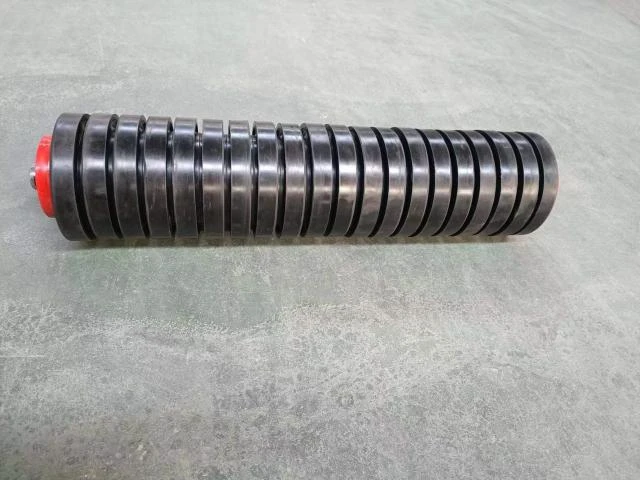 Afrikaans
Afrikaans  Albanian
Albanian  Amharic
Amharic  Arabic
Arabic  Armenian
Armenian  Azerbaijani
Azerbaijani  Basque
Basque  Belarusian
Belarusian  Bengali
Bengali  Bosnian
Bosnian  Bulgarian
Bulgarian  Catalan
Catalan  Cebuano
Cebuano  Corsican
Corsican  Croatian
Croatian  Czech
Czech  Danish
Danish  Dutch
Dutch  English
English  Esperanto
Esperanto  Estonian
Estonian  Finnish
Finnish  French
French  Frisian
Frisian  Galician
Galician  Georgian
Georgian  German
German  Greek
Greek  Gujarati
Gujarati  Haitian Creole
Haitian Creole  hausa
hausa  hawaiian
hawaiian  Hebrew
Hebrew  Hindi
Hindi  Miao
Miao  Hungarian
Hungarian  Icelandic
Icelandic  igbo
igbo  Indonesian
Indonesian  irish
irish  Italian
Italian  Japanese
Japanese  Javanese
Javanese  Kannada
Kannada  kazakh
kazakh  Khmer
Khmer  Rwandese
Rwandese  Korean
Korean  Kurdish
Kurdish  Kyrgyz
Kyrgyz  Lao
Lao  Latin
Latin  Latvian
Latvian  Lithuanian
Lithuanian  Luxembourgish
Luxembourgish  Macedonian
Macedonian  Malgashi
Malgashi  Malay
Malay  Malayalam
Malayalam  Maltese
Maltese  Maori
Maori  Marathi
Marathi  Mongolian
Mongolian  Myanmar
Myanmar  Nepali
Nepali  Norwegian
Norwegian  Norwegian
Norwegian  Occitan
Occitan  Pashto
Pashto  Persian
Persian  Polish
Polish  Portuguese
Portuguese  Punjabi
Punjabi  Romanian
Romanian  Russian
Russian  Samoan
Samoan  Scottish Gaelic
Scottish Gaelic  Serbian
Serbian  Sesotho
Sesotho  Shona
Shona  Sindhi
Sindhi  Sinhala
Sinhala  Slovak
Slovak  Slovenian
Slovenian  Somali
Somali  Spanish
Spanish  Sundanese
Sundanese  Swahili
Swahili  Swedish
Swedish  Tagalog
Tagalog  Tajik
Tajik  Tamil
Tamil  Tatar
Tatar  Telugu
Telugu  Thai
Thai  Turkish
Turkish  Turkmen
Turkmen  Ukrainian
Ukrainian  Urdu
Urdu  Uighur
Uighur  Uzbek
Uzbek  Vietnamese
Vietnamese  Welsh
Welsh  Bantu
Bantu  Yiddish
Yiddish  Yoruba
Yoruba  Zulu
Zulu Understanding Components and Functions of Belt Conveyor Systems for Efficient Material Handling
Understanding Belt Conveyor Parts and Their Functions
Belt conveyors play a crucial role in various industries by streamlining the movement of materials from one point to another. They are used in manufacturing, mining, agriculture, and many other sectors, making them a vital component of modern logistics and manufacturing processes. To understand how belt conveyors operate efficiently, it's essential to examine their key parts and functions.
1. Belt
At the core of a belt conveyor system is the belt itself, usually made from a durable material such as rubber, PVC, or polyester. The belt is designed to transport materials along its length. It can be customized in thickness, width, and surface texture depending on the application—whether it’s conveying lightweight packages or heavy bulk materials.
The belt's frictional properties are crucial for maintaining grip, ensuring that the materials stay securely in place during transit. As the belt moves, it continuously loops around pulleys, transporting items from one end of the conveyor to the other.
2. Pulleys
Pulleys are circular wheels that help in the movement of the belt. There are typically two main types of pulleys the drive pulley and the idler pulley. The drive pulley is connected to the motor and is responsible for moving the belt, while the idler pulleys support the belt and help guide its path.
These pulleys can be adjustable, allowing for tension management in the belt. Proper tension is vital, as it prevents excessive wear and tear and maintains the integrity and efficiency of the system.
3. Motor
The motor provides the necessary power to drive the pulley, which in turn moves the belt. Motors can vary in type, including electric, hydraulic, or pneumatic, depending on the conveyor system’s design and application.
Aspects like speed, torque, and efficiency of the motor are crucial as they determine how quickly and effectively materials are transported. Motors should be selected based on the weight of the materials being handled and the desired speed of operation.
4. Frame
belt conveyor parts and functions

The conveyor frame supports the entire structure and is usually made from steel or aluminum. It must be sturdy enough to handle the weight of the conveyor system while providing stability. The design of the frame can vary significantly based on the application, including considerations for space, height, and loading requirements.
Modular conveyor frames allow manufacturers to customize the conveyance setup to best suit operational needs while facilitating easier assembly and maintenance.
5. Idlers
Idlers are rollers positioned along the conveyor system to support the belt as it travels. They reduce friction and provide stability to the belt, preventing it from sagging under the weight of the conveyed material. Proper spacing and the right number of idlers are necessary to minimize wear on the belt and enhance overall performance.
Idlers come in various shapes and sizes, and their design can directly affect how materials are transported, including the efficiency and operational life of the conveyor system.
6. Control System
Modern belt conveyors are often equipped with advanced control systems that automate operations. These systems can monitor speed, detect jams, and adjust flow rates as necessary to ensure that operations run smoothly.
Integrating control systems with sensors and feedback mechanisms enhances operational efficiency and safety. For example, sensors can detect when materials are misaligned on the belt or when the system is overloaded, prompting automatic adjustments or alarms.
7. Safety Features
Safety is a paramount concern in conveyor operations. Manufacturers often incorporate various safety features, including emergency stop buttons, guards, and safety switches to mitigate risks. These features are essential in minimizing injuries and ensuring smooth operation.
Conclusion
Belt conveyors are indispensable in the transportation of materials across a wide range of industries. Understanding the various parts, including the belt, pulleys, motor, frame, idlers, control systems, and safety features, enhances our appreciation of how these systems work seamlessly together. As industries continue to evolve, so too will conveyor technology, leading to more efficient and safer material handling solutions.
-
Trusted Conveyor Solutions from Leading Conveyor Idler Roller ManufacturersNewsJun.27,2025
-
Reliable Return Idler Solutions for Efficient Belt Conveyor SystemsNewsJun.27,2025
-
Precision Conveyor Accessories for Streamlined Material HandlingNewsJun.27,2025
-
High-Quality Belt Conveyor Idler Solutions for Efficient Material HandlingNewsJun.27,2025
-
High-Performance Belt Conveyor Pulleys for Reliable Material HandlingNewsJun.27,2025
-
Enhancing Material Handling EfficiencyNewsJun.27,2025





























